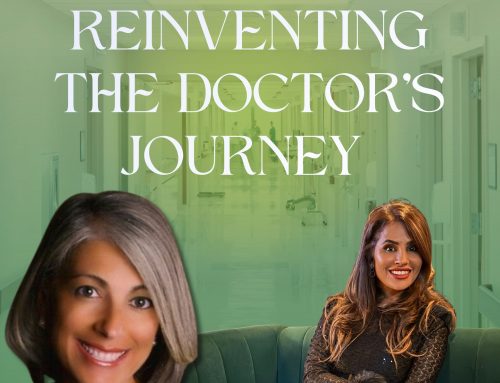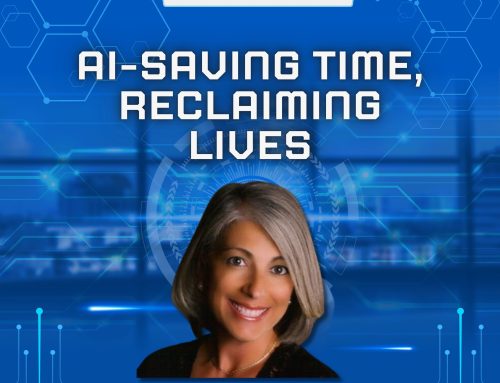The advancements in the technology had made EHR a quintessential tool for every practice. One of the prominent restriction in EHR is to find a balance between EHR documentation and attending to the patient needs.
Many organizations have opted for paid medical scribes to help them enter the test results, notes related to visits and other records into the software while the doctors attend their patient devotedly. Patient Satisfaction has been reportedly increased as the physicians now have an extra hour to consult their patients because of the Scribes.
A medical scribe works alongside doctors and obtains a detailed and accurate documentation of the encounter. Generally, scribes assist doctors in navigating the EHR. They reach out and respond to messages according to their physician’s instructions. However, the doctor is fully responsible for the documentation in the EHR. Doctors need to verify the documents before moving forward. The scribe should be proficient and should receive medical training for better efficient work.
However, having a third person in the room during consultation would be uncomfortable for some patients. The doctor should introduce the scribe as a person who can be trusted so that the patients can open up to the doctor without hesitation.
This was visited in the blog post of May, 2014. While surveying the advantages of hiring a medical scribe, the disadvantages of having one should also be considered. One of the pitfalls is the cost of hiring a medical scribe. On the other hand, a medical scribe can help you boost the revenue of your practice. According to sources, usually, medical students looking to obtain experience are hired as scribes on an hourly basis, making the whole process a lot easier.
The majority of physicians feel that productivity and loss of time will take place when adopting a new EHR.
The thing is, is this fear justified? It is clearly pointed out in ,Medscape’s 2012 EHR Report, that 32% of the respondents had not returned to pre-EHR levels of productivity, compared with 20% in 2010.
“Before, they were spending 2 minutes documenting, and now they’re spending 10 minutes documenting. And they realize they’re seeing 5-6 fewer patients a day. But they just say, ‘Well, I have to do it that way.’ They kind of give in to the idea that they’re going to see fewer patients and make less money. But it doesn’t have to be that way.”
Among Anderson’s recommendations: Don’t try to enter all the data, and see what your colleagues who have EHRs are doing and what works for them.
The Doctor Doesn’t have to do it all!
A common practice in documentation when charts were paper was to have the nurse or medical assistant enter the vital signs, chief complaint and update medical/surgical history. This practice can be continued digitally so that the doctor doesn’t spend the whole visit tied to data entry and can concentrate on the patient instead.
Another time-saving device is the dictation recorder. The doctor can simply dictate everything into the recorder which is then sent to a transcriber who will insert the information into the appropriate spots on the EHR. This saves time and frustration.
Give it over to the staff
Train the staff appropriately and the time training will save time and money in the long run.
Within the EHR system, there is an electronic prescribing module which automatically builds a medication list. The staff can review entries on this list with the patient and add all additional drugs that the patient brings with him/her.
Besides medications, allergies, laboratory results and new problems can be entered into the digital record by trained staff members so that the doctor may easily view them.
A new member of the physician task force
A new position has been created to fill the need of digital documentation- that of the scribe. Having one enables the physician to maintain eye contact and engagement with the patient instead of staring at the computer monitor. If introduced at the time the scribe comes into the office, most patients would be very accepting of this new member of the staff because the benefits would outweigh the discomfort. Patients are eager to have uninterrupted attention by the physician in the examining room now.
What is your opinion? Share your thoughts in the comment box below.




